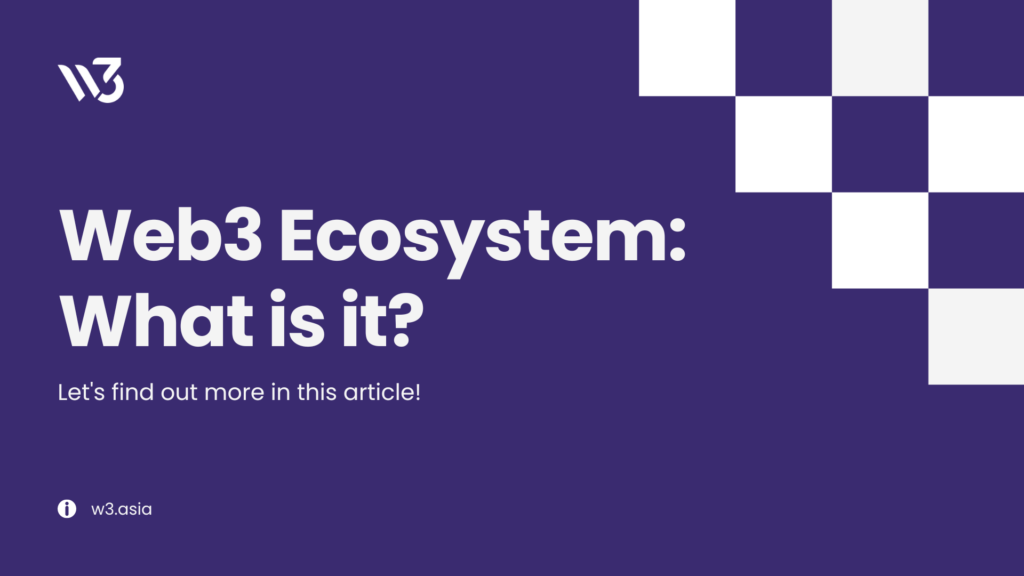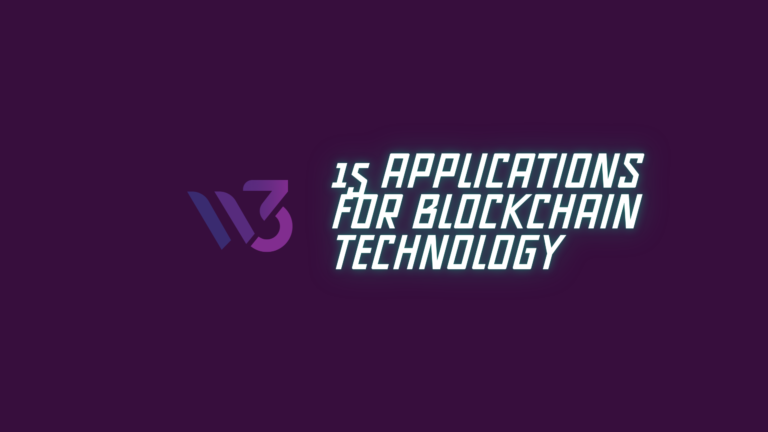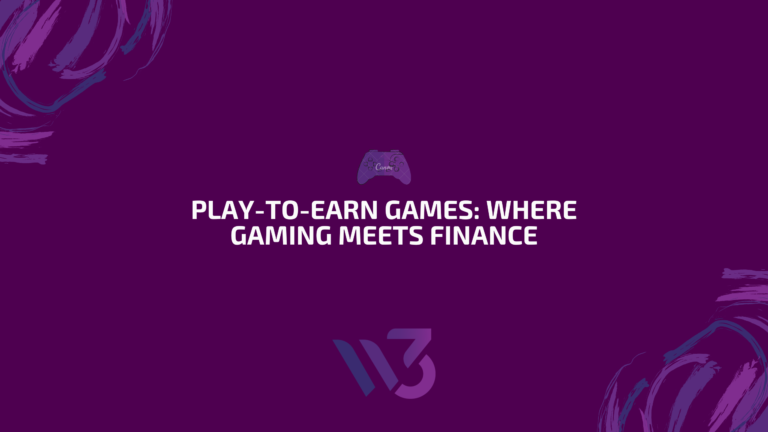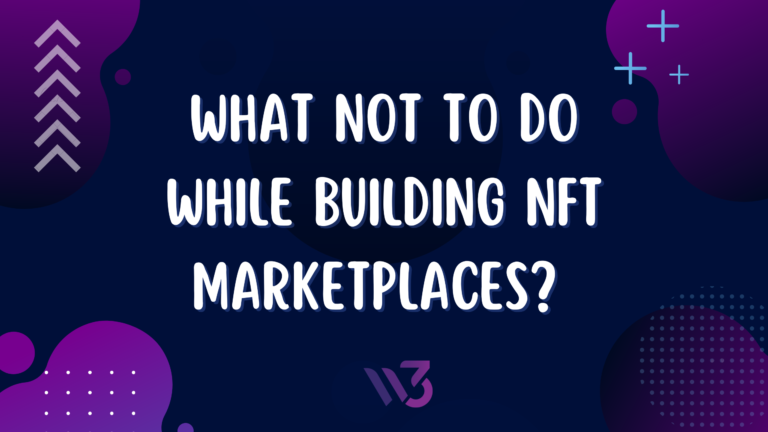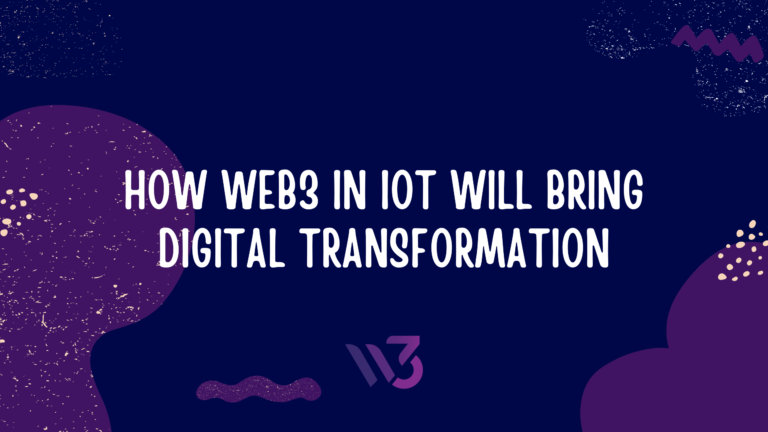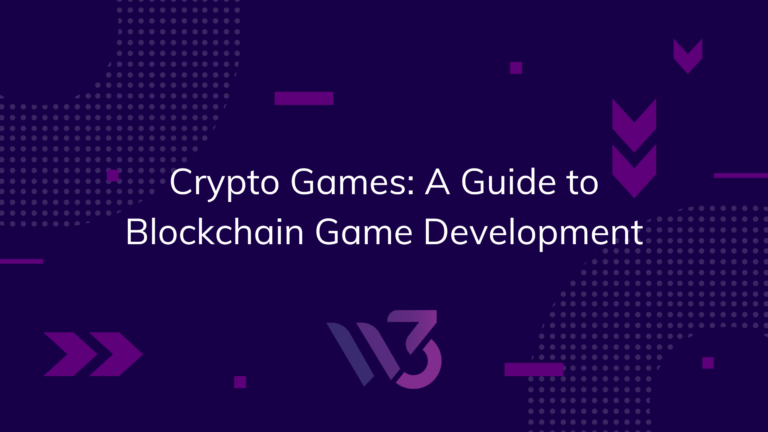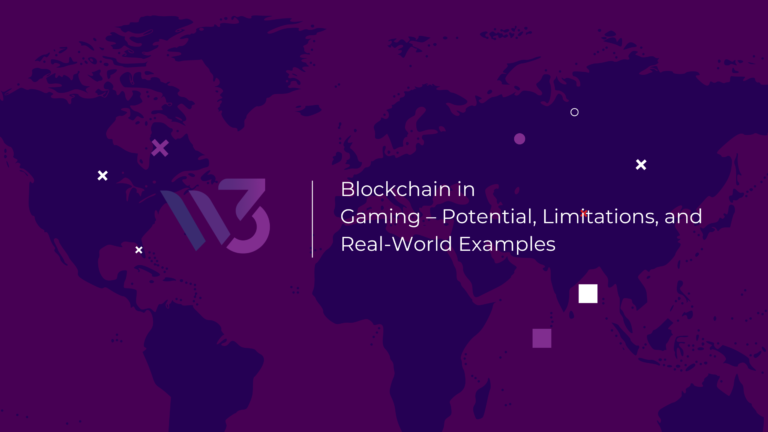Web3 as of right now is mostly a concept. A lot of progress has been made recently to build complete decentralized ecosystems but far more needs to be done yet. The key thing right now is enhanced user engagement with Web3-related associations.
Getting started on the current version of the Web3 ecosystem is not difficult as well. Besides, the more you learn now the better chances you’d have to take advantage in the near future.
Let’s find out more in the article below!
Access
Tools for gaining access to Web3 activities sit atop the stack. The Access layer of the crypto ecosystem may be referred to as such. For example, some wallets enable you to store tokens and log in and onramp solutions that let you safely purchase and trade cryptocurrency. Chrome extension and mobile app Metamask is an example of a tool that allows users to identify themselves in an application.
Decentralized apps (dApps), decentralized finance (DeFi) initiatives, and communication tools may all be discovered and accessed via aggregators.
Applications
Standalone blockchain-based applications may be accessed by end users. The ideals of openness, decentralization, censorship resistance, immutability, trustlessness, and permission lessness should guide the development of these kinds of apps. Web3 apps now on the market only meet these objectives to a varying degree.
An excellent example of a decentralized blogging site would be Mirror.
Category Primitives
Category Primitives are a collection of interoperable building blocks that concentrate on a certain purpose and are used by decentralized apps to connect to the core protocols. They’re not particularly helpful on their own, but they’re a building block for decentralized apps. Developers don’t have to start from scratch to get their ideas off the ground (similar to API economy or open source). As a result, primitives can reduce the time it takes to move from a concept to an actual product. For example, publishers may connect their ENS names to their mirror profiles using Arweave.
Protocols
All of this is possible because of the blockchain protocols, which specify the consensus process (such as Proof of Work vs. Stake, etc.), permissions (such as permissioned or less), the native currency or token, and enable nodes to carry out important operations of the blockchain. The Ethereum blockchain serves as the basis for the protocols that enable both ENS and Arweave.
Infrastructure
It is reasonable to assert that the infrastructure is identical to what one would find in any other technology industry sector. The nodes that make up a blockchain may either be hosted in the cloud or in on-premises datacenters.
Web3 Ecosystem Traits
- Users are the only custodians of their information. There is nothing to report about censorship or data manipulation. The potential for reputation-based revenue generation would benefit greatly from this. Individuals may choose to learn something useful from their data.
- While Web2 ecosystems depend entirely on market actors, Web3 ecosystems include user interaction at all levels (including governance, finance, and infrastructure). Members of Web3 do more than simply utilize the system; they contribute to it as well.
- Currency tokens play a crucial role in Web3’s market administration. Using coins, consumers are able to pay more of a premium for producers to provide. All contributors, whether programmers or data crunchers have equal access to the same benefits.
- There is no central authority in Web3; thus, the ecosystem is responsible for building the market itself. The result is a permanent record of all user interactions and evidence of ownership of all assets. The need for go-betweens is diminished in Web3 ecosystems.
What you need to know to go into Web3 Ecosystems
- Discover how Web3 and blockchain technologies function – Technically, it may be difficult at first, but as you learn more, it will become less so.
- Participate in online groups devoted to Web3; there are a great many relevant subreddits, Twitter accounts, and Discord servers to join.
- Master smart contracts, which are agreements codified in a computer language that the blockchain can interpret. Those with the skills to verify or create smart contracts will be in high demand.
- You may assist a Web3 ecosystem to get started by joining a Web3-based firm or lending computer power to it.
- Learn the ins and outs of Web3.js; the language used to create Ethereum blockchain-compatible web clients.
The Fundamentals of Web3
It’s difficult to pinpoint exactly what Web3 is; however, several guiding concepts have been developed.
- The ownership of Web3 is shared among its creators and users, as opposed to massive swaths of the internet being managed and owned by centralized companies.
- To put it another way, no one is ever shut out of Web3 since it does not need special permissions from anybody.
- Instead of depending on the antiquated infrastructure of banks and payment processors, Web3 features native payments that employ cryptocurrencies for online spending and transferring of money.
- Instead of depending on reliable third parties, Web3 runs via market forces and financial incentives.
Conclusion
At this point in time, Web3 exists mostly as a concept. Recent years have seen significant forward movement in the construction of comprehensive decentralized ecosystems; nonetheless, there is still a great deal of work to be done. Improved user interaction with Web3-related associations is currently the most important thing that can be done.
As the present version of the Web3 environment is rather straightforward, getting started with it is not a tough task. Aside from that, the more you educate yourself at this time, the more opportunities will present themselves to you in the future.
Source: Distinguished Blog
